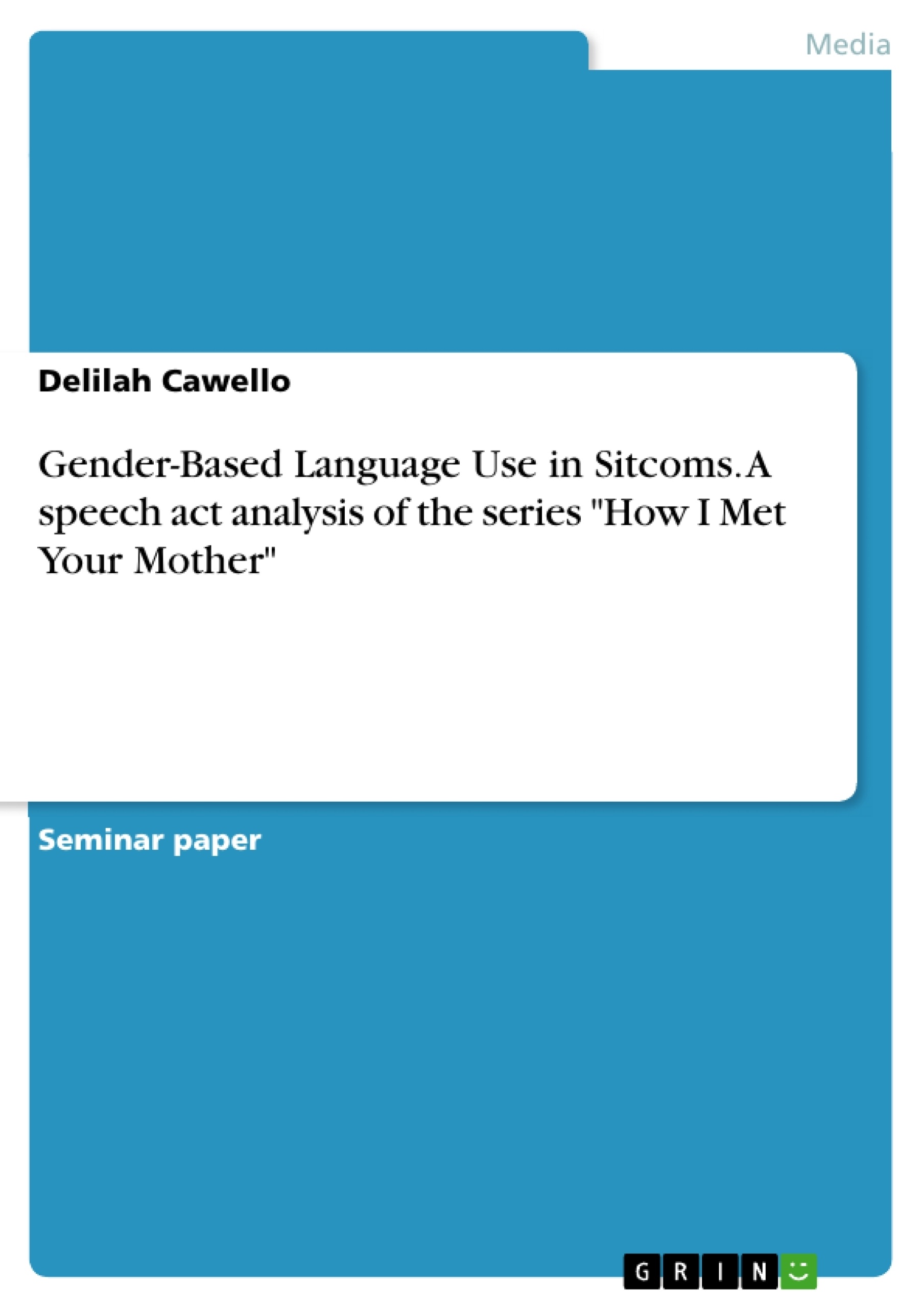The field of pragmatics in terms of language and gender is an interesting one to do research about. There is earlier work on the topic which shows diverse differences between how men and women communicate individually. We see in series, television shows, scripted movies and such, in what ways language can be predictable by knowing how women and men work when they take part in homogenous or heterogeneous conversations. Several writers, like Penelope Brown stated in her work, that women seem to speak in a more polite way than men do, which might have something to do with their social status.
Content
1 Introduction
2 Politeness as a linguistic trait
3 Methodology
4 Discussion
5 Scene Register
5.1 First scene: gender-homogeneous
First scene analysis
5.2 Second scene: gender-homogeneous
Second scene analysis
5.3 Third scene: gender-heterogeneous
Third scene analysis
5.4 Fourth scene: gender-heterogenous
Fourth scene analysis
5.5 Fifth scene: mixed genders
Fifth scene analysis
6 Conclusion
6.1 Development of language and characters
6.2 Evaluation
References
- Quote paper
- Delilah Cawello (Author), 2020, Gender-Based Language Use in Sitcoms. A speech act analysis of the series "How I Met Your Mother", Munich, GRIN Verlag, https://www.grin.com/document/1139112
-

-

-

-
Upload your own papers! Earn money and win an iPhone X. -

-
Upload your own papers! Earn money and win an iPhone X. -

-
Upload your own papers! Earn money and win an iPhone X. -

-
Upload your own papers! Earn money and win an iPhone X. -

-
Upload your own papers! Earn money and win an iPhone X. -

-
Upload your own papers! Earn money and win an iPhone X.

